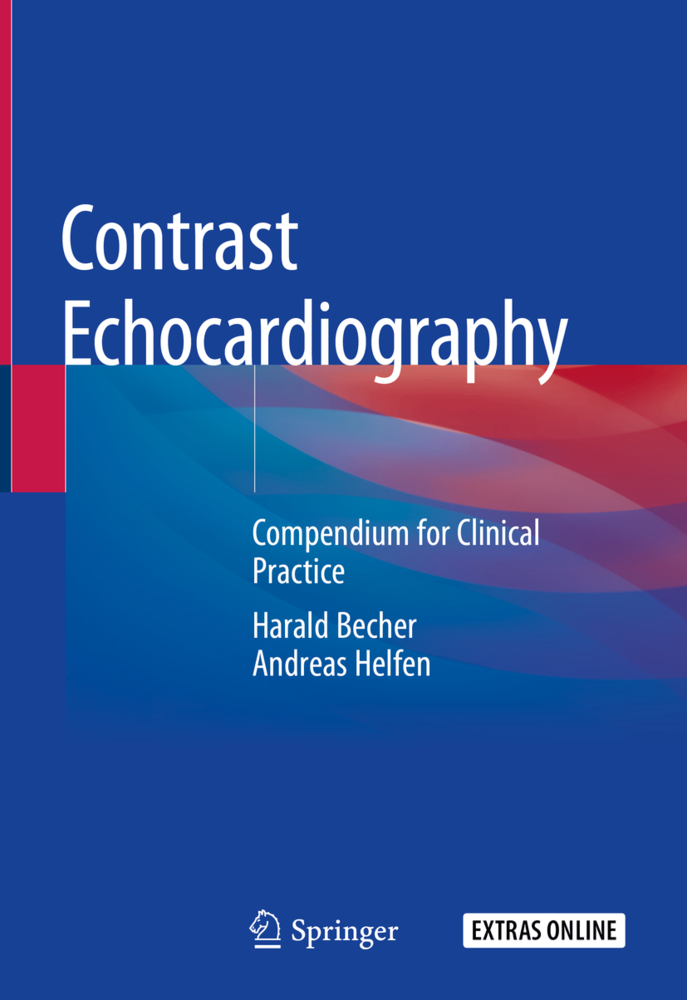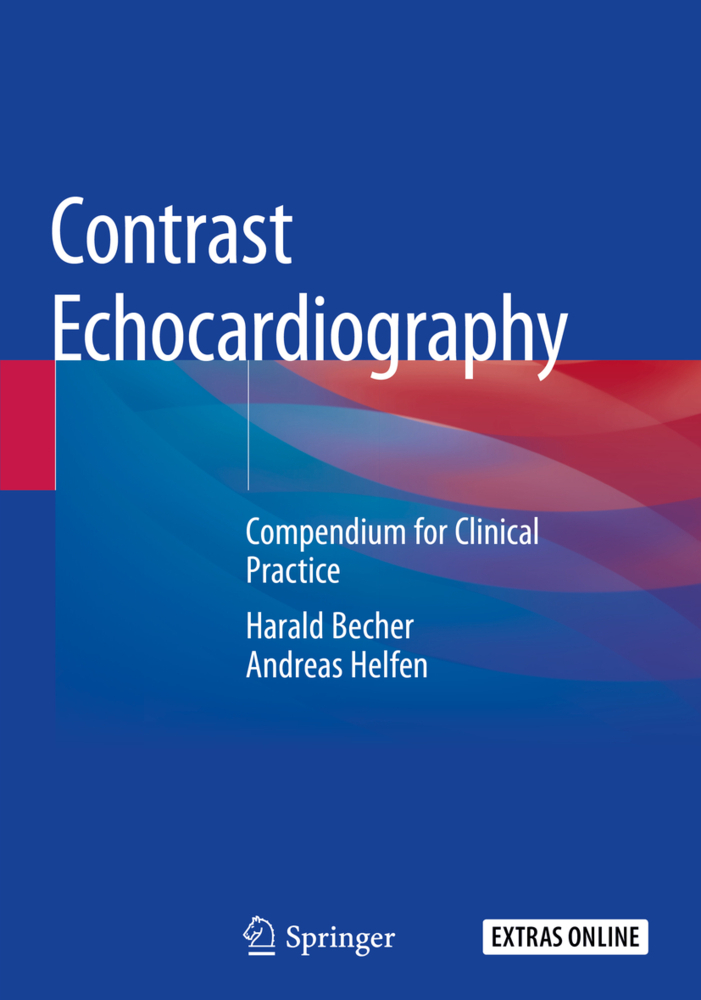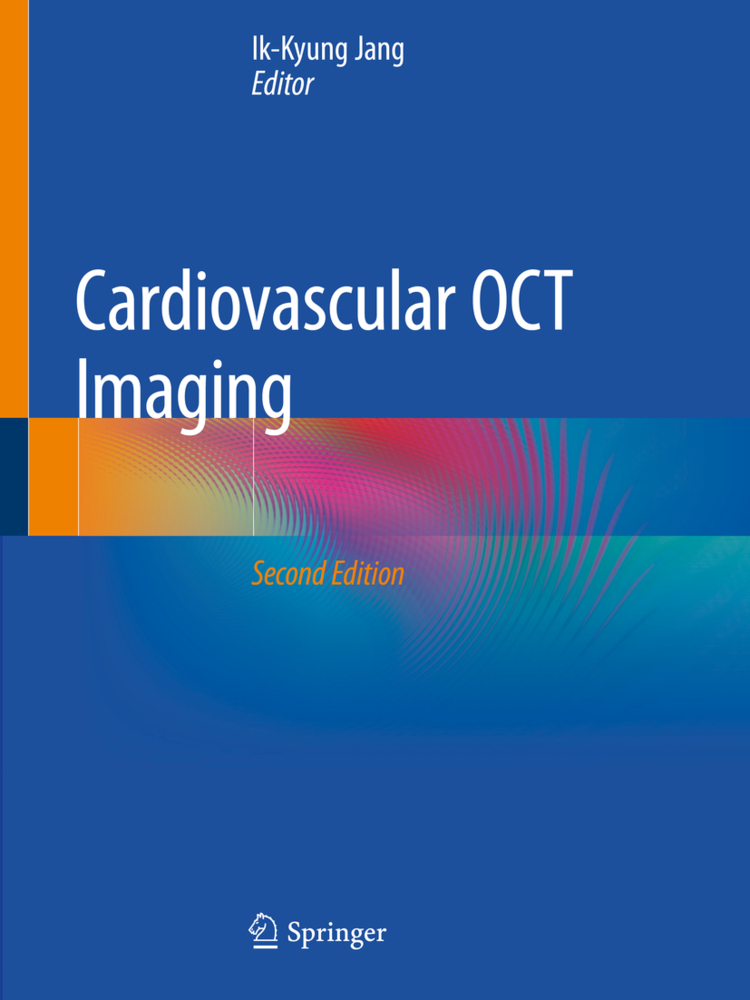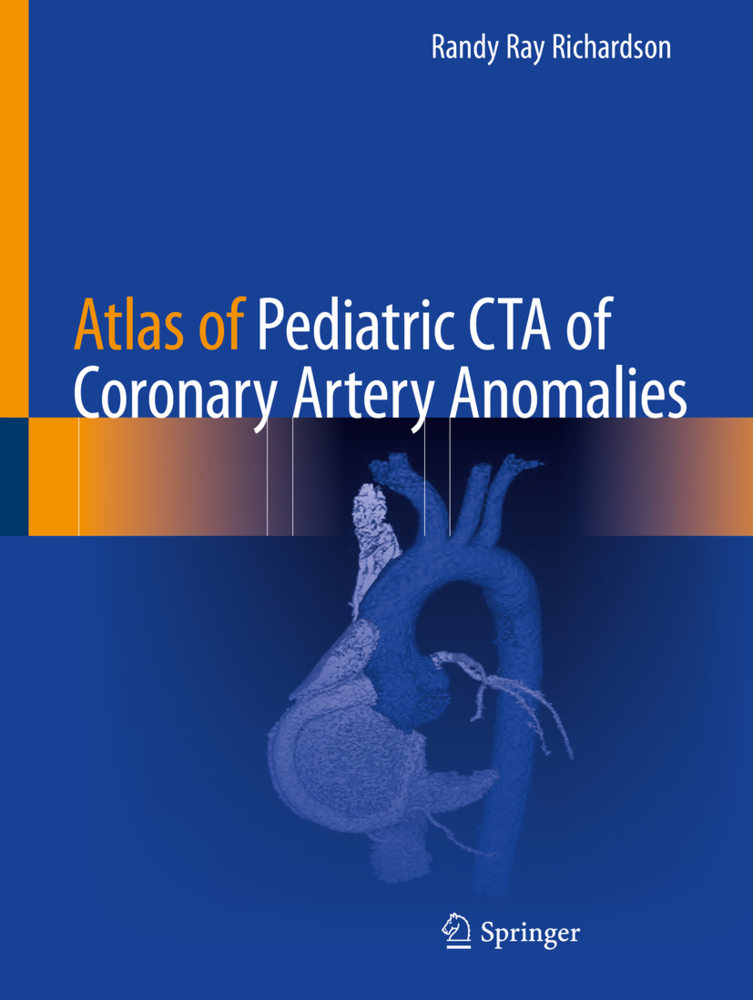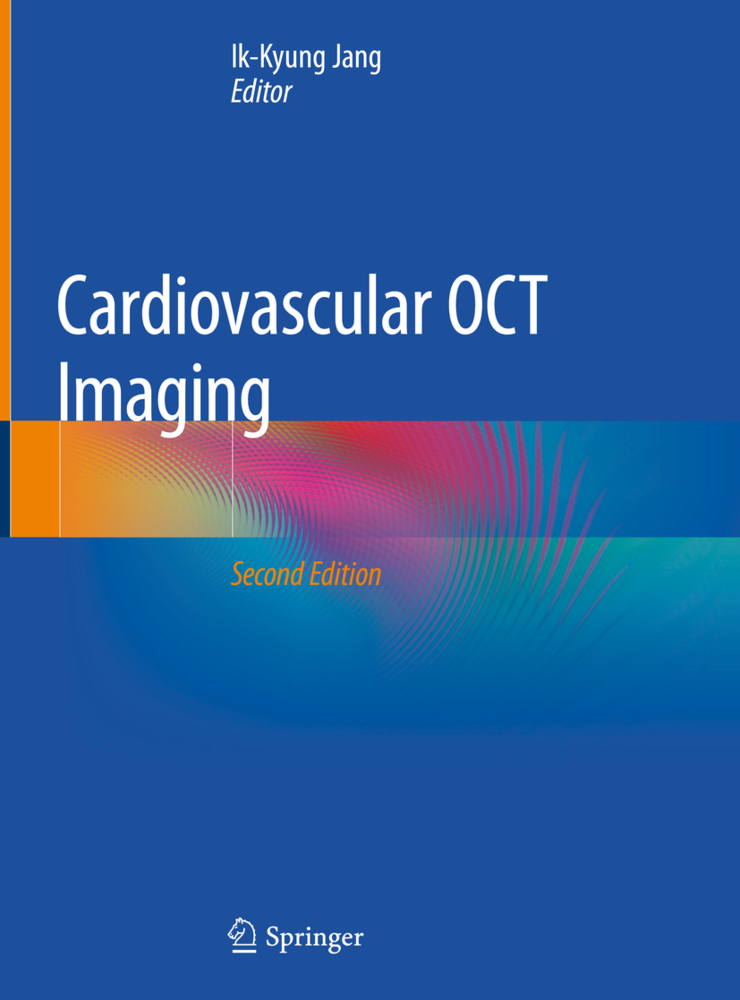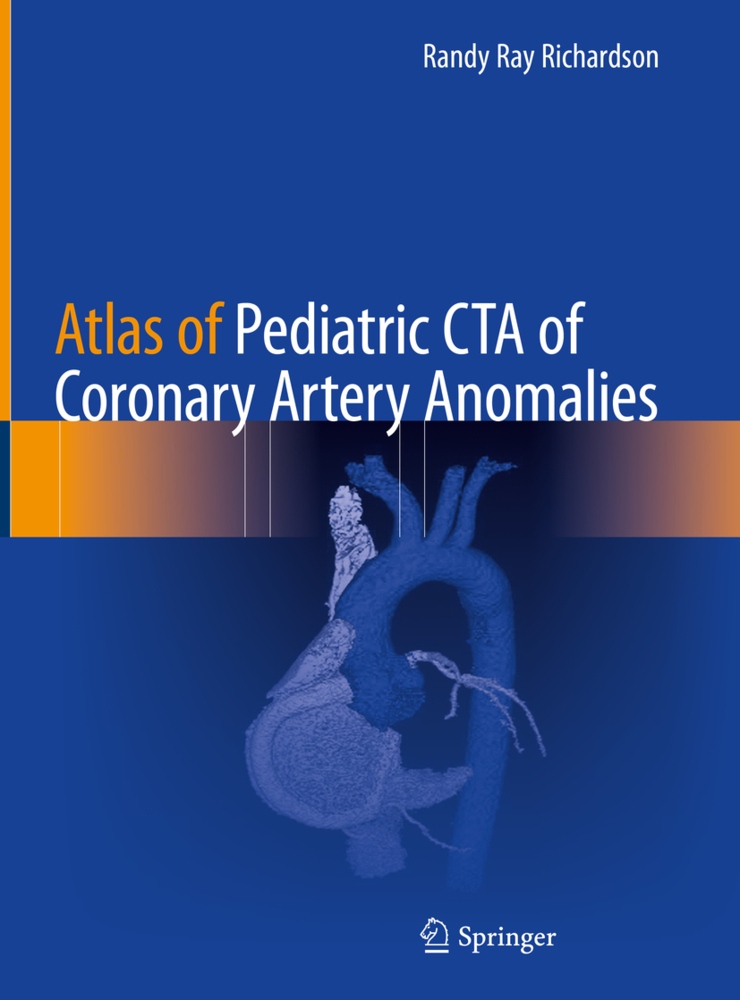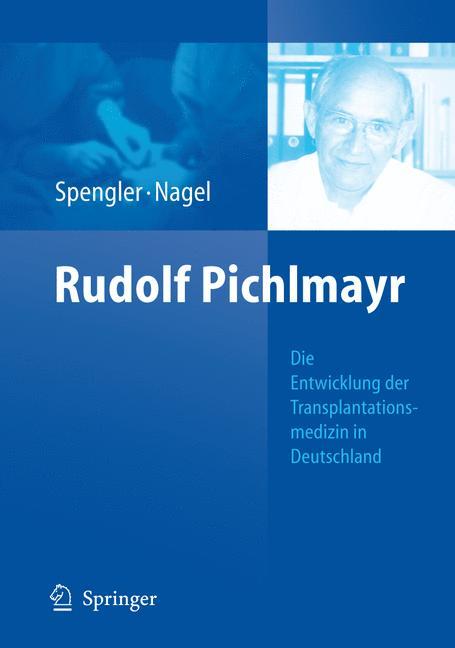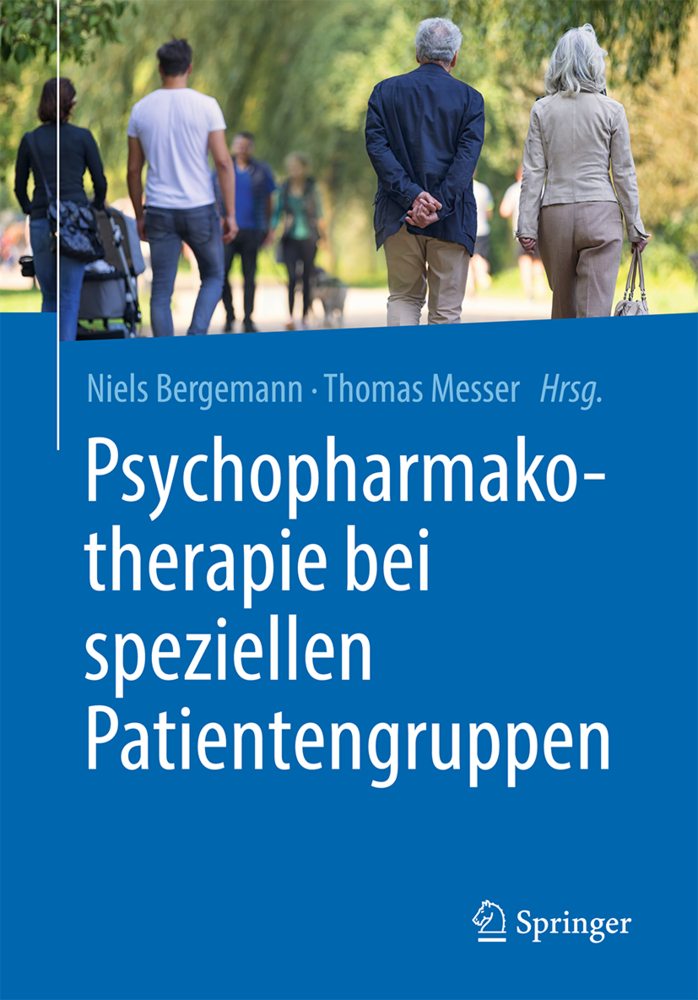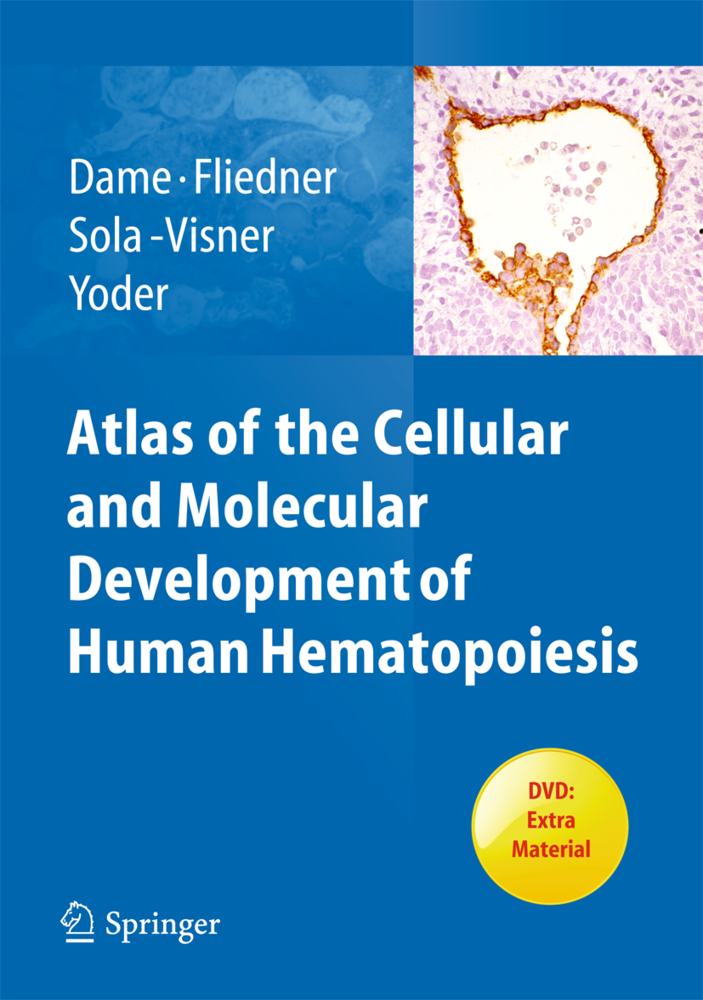Contrast Echocardiography
This book provides a comprehensive overview of the practical aspects of contrast echocardiography. It also covers all the material in the guidelines published by the American Society of Echocardiography (ASE) in 2018 and the recommendations set out by the European Association of Cardiovascular Imaging (EACVI) in 2017. Contrast echocardiography at present is only used in 5-10% of cases, but this is expected to grow rapidly following the recommendations of the ASE and EACVI. The chapters cover the approved indications and provide practical advice on how to administer the contrast agents and how to optimize the recordings as well as how to deal with the pitfalls. The reader will find all the information on how to use contrast agents for assessment of shunts, LV volumes and function as well as myocardial diseases and masses. Detailed protocols are included for stress echocardiography and myocardial perfusion imaging. Other topics covered include the use of contrast agents for coronary sonography and transesophageal echocardiography.
Contrast Echocardiography: Compendium for Clinical Practice comprehensively covers all aspects of the clinical use of contrast echocardiography and has been written by two cardiologists who share their experience from their high volume echo laboratories. One of the authors has been a member of both the ASE guidelines and EACVI recommendation writing groups. It is therefore, a critical text for echocardiographers and sonographers who perform echocardiography.
Introduction
Agitated salineIndications.- Preparation of right heart contrast agents
Side effects
Gelatine-preparations.- Left heart contrast agents.- Indications
Contraindications
Properties of left heart contrast agents.- Side effects: diagnosis and treatment
Metabolism of contrast agents
Preparing the contrast agent the patient for contrast injection
Preparing the patient
Echocardiography scanner - setting for contrast echocardiography
Agitated saline
left heart contrast agents
Infusion pump for contrast echocardiography
Indications
Operation of the pump
Video-Guide
References.- LV-Function and LV disease
LV-Volumes und Function in 2D-und 3D-Echocardiography
Measurement of LV-Volumes und LV-Function according current guidelines
When is accurate measurement clinically relevant?
Limitations of non-contrast 2D- und 3D-Echocardiography.- Advantages of Contrast Echocardiography for measurement of LV volumes
Indications for Contrast Echocardiography
Practice of 2D Contrast Echocardiography
Recordings
Criteria for adequate recordings
Step by step analysis, how to avoid pitfalls
Normal values
EF-measurements in cardio-oncology
EF measurements for ICD,CRT
LV Volumes und EF in valvular heart disease
EF and LV volumes in patients with heart failure
Regional LV wall motion
Practice of 3D Contrast Echocardiography
Indications for using contrast agents
3D contrast echo recordings: how to perform/trouble shooting
Analysis/How to avoid
Normal values
LV-Myocardial disease and masses
Cardiomyopathies
LV aneurysm
LV masses/thrombi.- At a glance
Video-Guide
References.- Transesophageal Contrast Echocardiography
Anatomy of left atrial appendage (LAA)
What is relevant to the physician?
LAA shapes: chicken wing and non-chicken wing
What causes LAA thrombi?
LAA thrombi basics
Diagnostic criteria of LAA thrombi
Conclusion
Echocardiography scanner settings
General principles for adequate settings
Analysis of contrast TEE recordings
Conclusions
Vivid 7 dimension settings
Vivid E9 XD clear settings
Philips IE 33 settings
LAA thrombi - case studies
Variant 1
Variant 2.- Variant 3
Variant 4
Spontaneous echo contrast and thrombi
Exclusion of thrombi using contrast echocardiography
Pericardial effusion and contrast echocardiography
LAA occlude
Aortic dissection
Myxoma
Conclusion
Video-Guide
References
Coronary sonography
Basics of coronary sonography
Introduction
Physiology and pathophysiology of myocardial perfusion
Normal flow signals of coronary arteries
Pathological flow recordings
Coronary flow reserve
Principle of coronary sonography
Practice of coronary sonography
Left coronary artery
Left main stem.- Circumflex artery
Right coronary artery
Synopsis of typical scan planes
Bypass grafts
Coronary anomalies
Coronary artery stenosis
Conclusion
Coronary flow velocity reserve (CFR)
How to perform
CFR und FFR
CFR measurement in the right and circumflex arteries
Echocardiography scanner settings
Vivid- GE
Philips EPIQ 7
Siemens Acuson SC 2000
Case study
Conclusion
Video-Guide
References
Stress echocardiography
General principles
Indications
Contraindications
Pretest probability
Selection of the stress modality
Echocardiographic parameters of ischemia
Ischemic cascade
Stress echocardiography for exclusion of significant coronary stenosis
False positive and negative findings
Stress echocardiography and ECG
When to repeat stress echocardiography
Referral to coronary angiography after stress echocardiography
Exercise stress echocardiography in 10 steps
Assessment of indications und contraindications
Assessment whether physical stress is the adequate stress modality
Patient preparation
Required echocardiography laboratory equipment and staff
Echocardiography scanner settings
Preparation of the contrast agent
Exercise protocol: mandatory recordings
Management of the patient after finishing the test
Assessment and reporting
Conclusion and recommendations for patient management
Dobutamine stress echocardiography in 10 steps
Assessment of indications und contraindications
Assessment whether Dobutamine stress is the adequate stress modality
Patient preparation
Required echocardiography laboratory equipment and staff
Preparation of Dobutamine infusion
Preparation of the contrast agent
Dobutamine stress protocol: mandatory recordings
Management of the patient after finishing the test
Assessment and reporting
Conclusion and recommendations for patient management
Dobutamine stress echocardiography for assessment of myocardial viability
At a glance
Video guide
References
Multi-parametric stress echocardiography
Rationale for multi-parametric stress echocardiography
Basics of perfusion echocardiography
Display of myocardial perfusion
Flash-replenishment-method
Triggered vs continuous recording
Quality assessment of perfusion recordings
Characteristics of abnormal perfusion
Artifacts in perfusion imaging
Echocardiography scanner settings
Analysis of the recordings
Adenosine
Pharmacology
Indications und contraindications.-Regadenoson
Conclusion
Practice of multi-parametric stress echocardiography
Case studies
Normal findings
LAD stenosis
Reporting
Video-Guide
References
Acute coronary syndrome (ACS)
Diagnostic criteria of ACS
Role of echocardiography
Impact of contrast echocardiography
Safety of contrast media in ACS
Myocardial perfusion and risk stratification during ACS
Case study
Myocardial perfusion and risk stratification after ACS, stunning and no-reflow
Case study
Myocardial rupture, perforation of coronary arteries
Aortic dissection/rupture
Video-Guide
References
EACVI Core Syllabus
References.
| ISBN | 978-3-030-15961-0 |
|---|---|
| Artikelnummer | 9783030159610 |
| Medientyp | Buch |
| Copyrightjahr | 2019 |
| Verlag | Springer, Berlin |
| Umfang | XXX, 333 Seiten |
| Abbildungen | XXX, 333 p. 434 illus., 422 illus. in color. With online files/update. |
| Sprache | Englisch |

